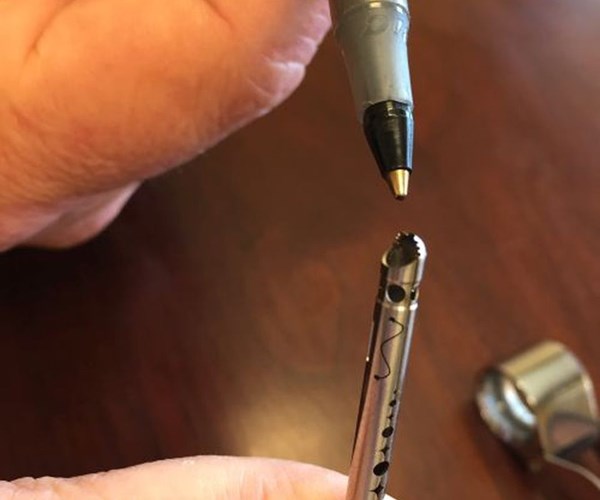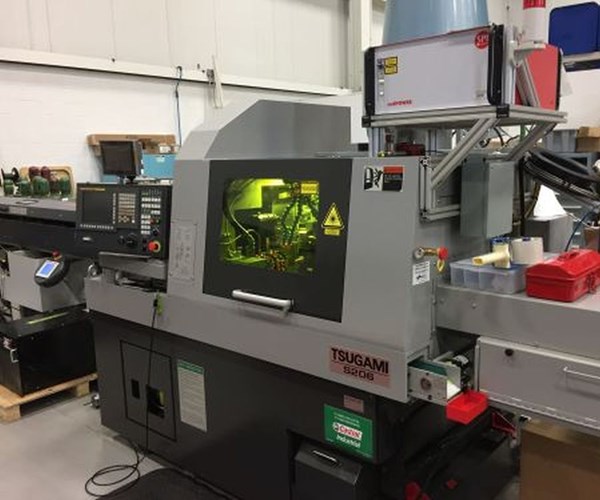Mastering LaserSwiss Machining
With applications in the medical, aerospace and automotive markets, the addition of laser cutting to Swiss-type turning has introduced an entirely new approach to precision machining.
The elimination of extra moves is central to successful production, especially when it comes to secondary operations. The ability to machine a part in one setup is crucial to remaining competitive. Tsugami/Rem Sales has addressed this situation with the addition of laser cutting to its Swiss-type lathes. Although the process is ideal for making medical components, additional applications are increasingly being found in markets including aerospace and automotive, where tight tolerances and the machining of intricate features are required.
Six models in the LaserSwiss line are available with 250W and 400W fiber laser cutting systems. One of the Swiss line models carries up to 36 tools plus the laser, while a second model has seven axes and includes a B-axis tool block containing the laser. Learn more about the Tsugami LaserSwiss line by watching this video and reading this article from Production Machining.

This test piece was cut on a LaserSwiss machine, showing the detail of the cuts it can make in precision machining applications.

The LaserSwiss S206 carries as many as 36 tools. Tsugami introduced the first laser Swiss lathe at IMTS 2014.










